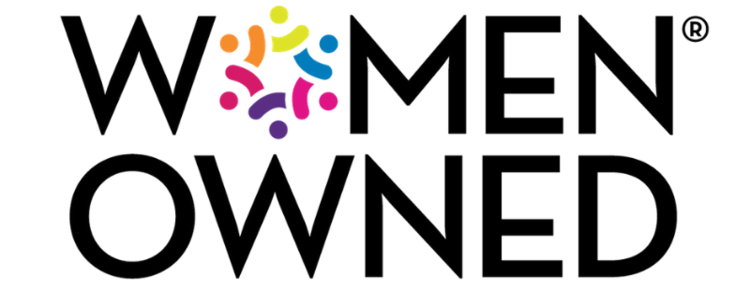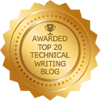If you've never examined a fractal, you should. These natural and mathematical wonders display "self-similar patterns," meaning that their fine detail resembles their broader overall structure. A lot of insight arises from the study of fractals, and you can employ that insight in writing as well.
For example, when organizing a document, your introduction should provide context and your conclusion should provide meaning and emphasis. The same is true of paragraphs, with topic sentences and conclusions, and the same is true of sentences. In a sentence, the "introduction" and "conclusion" are the "topic" and "stress" positions, respectively, and knowing how to employ them can make a big difference in the clarity of your scientific writing .
The Topic Position
As an introduction, the topic position of a sentence should be grounded in what the reader already knows. This position should link back to information introduced in the document, perhaps in the paragraph. Linking back in this way allows readers to orient themselves before taking in new information; it also supports the logical flow of the document and helps readers reconstruct the progression of details when they're recalling the topic later.
The Stress Position
The stress position, which occurs at the end of a sentence, confers emphasis. In scientific writing, the stress position should be reserved for new information; anything that the reader needs to retain should be given this spot. The gap between sentences serves as a cognitive break, letting the reader reflect on and absorb stress-positioned details.
When writing, a certain amount of trickery can be employed, just like this; a semicolon can split a sentence in two, creating two topic positions and two stress positions.
If you're interested in more tips for scientific writing, or the mechanics of writing, on a large or small scale, contact Hurley Write, Inc. today!
Image via Shutterstock.com

